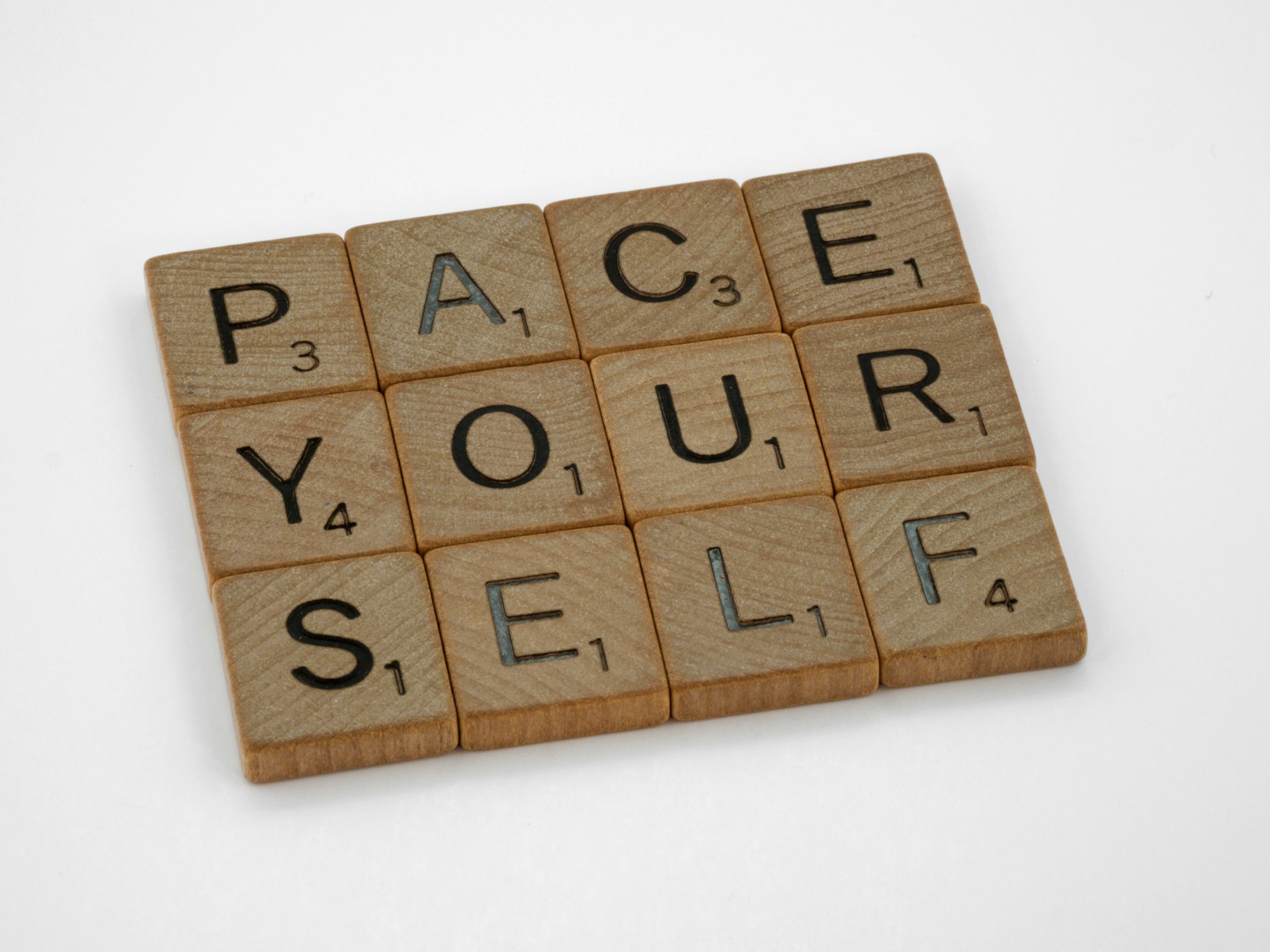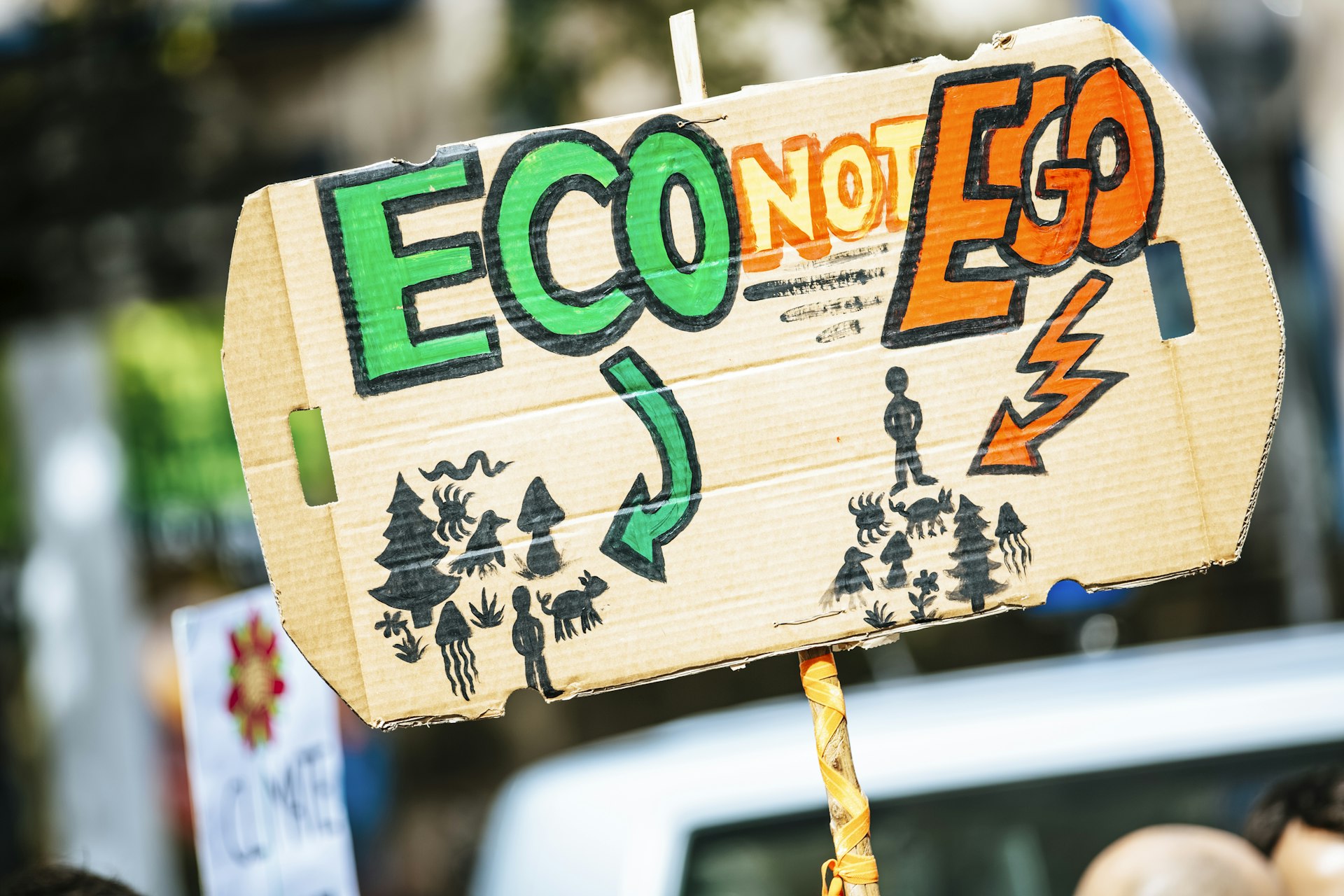Sustainable Strategies for an Organized, Eco-Friendly Home

Photo by Markus Spiske on Unsplash
Introduction: Why Eco-Friendly Organization Matters
Eco-friendly home organization is about more than just tidying up; it’s a conscious effort to reduce waste, repurpose existing items, and select storage solutions that are kind to the planet. By making sustainable choices, you can create a home that’s not only neat and functional but also contributes positively to environmental preservation. This guide offers actionable, step-by-step strategies that you can implement right away, along with real-world examples and alternatives for every budget and lifestyle.
[1]
1. Plan Your Sustainable Decluttering Journey
Begin by setting clear goals for your space. Break large projects-like organizing the kitchen or bedroom-into manageable sections. This approach helps avoid overwhelm and makes it easier to focus on sustainable choices, such as sorting items for reuse, donation, or recycling.
[2]
For example, when decluttering a closet, sort clothes into piles: keep, donate, repurpose, and recycle. Old T-shirts can become cleaning rags, while gently used garments can go to local charities. This method extends the life of items and diverts waste from landfills. If you’re unsure where to donate, many communities have local thrift stores, shelters, or textile recycling centers. You can search for these by city name and ‘clothing donation programs.’
2. Choose Eco-Friendly Storage Solutions
When it’s time to organize, opt for storage products made from sustainable or recycled materials. Bamboo drawer dividers, for instance, are sturdy and rapidly renewable. Woven baskets made from seagrass or recycled paper offer a natural, biodegradable alternative to plastic bins. Glass jars and stainless steel containers are durable, reusable, and recyclable at end of life.
[1]
If purchasing new items, look for certifications such as FSC (Forest Stewardship Council) for wood products or “made from recycled materials” labels. Brands and retailers often provide this information in product descriptions. For those wishing to avoid new purchases entirely, consider repurposing boxes, baskets, or jars you already own-shoeboxes become drawer organizers, and glass jars work well for pantry staples or craft supplies.
[4]
Some stores offer refill stations for cleaning supplies and personal care products, allowing you to reuse containers and cut down on packaging waste. To find these, search for ‘bulk refill store’ or ‘zero waste shop’ with your city name.
3. Repurpose and Upcycle Everyday Items
Environmental impact is minimized when you give new life to what you already have. Old mason jars, for example, are perfect for organizing pantry goods, office supplies, or even small toys. Empty shoe boxes, with a touch of paint or decorative paper, make attractive drawer dividers or under-bed storage. Worn-out T-shirts can be turned into reusable cleaning rags, reducing the need for disposable paper products.
[1]
Upcycling is not limited to containers; multi-functional furniture with built-in storage can help reduce clutter while maximizing your space. If you need inspiration, search for ‘DIY upcycled storage ideas’ to find step-by-step tutorials and community examples.

Photo by feey on Unsplash
4. Declutter Responsibly: Donate, Recycle, and Dispose Thoughtfully
After sorting through your belongings, aim to donate usable items to local charities, shelters, or community organizations. Many electronics retailers also offer e-waste recycling for old gadgets and batteries. For specialty items such as light bulbs or hazardous materials, research local recycling programs or hazardous waste collection events. A helpful resource for recycling guidance is Earth911, where you can search by material and location to find appropriate recycling centers.
[3]
For items that are no longer functional or safe to donate, check with your city’s waste management department for proper disposal methods. Many municipalities provide pick-up services for bulky items or host community recycling days for hard-to-recycle materials.
5. Adopt Mindful Consumption Habits
Organization is easier to maintain when you’re intentional about what comes into your home. Practice a “one in, one out” rule: for every new item purchased, donate or repurpose an old one. This approach curbs impulse buying and helps keep clutter in check.
[4]
Choose quality over quantity by investing in items that are built to last and made from sustainable materials. Shop second-hand whenever possible-thrift stores, online marketplaces, and community swaps offer affordable alternatives to buying new. If you shop online, many retailers now indicate if an item is pre-owned, refurbished, or sustainably sourced.
Before making a purchase, ask yourself if the item is truly necessary and whether a more eco-friendly option is available. This mindset helps reduce unnecessary consumption and packaging waste in the long run.
6. Go Paperless and Reduce Digital Clutter
Another way to minimize waste is by reducing paper usage. Switch to paperless billing, set up a dedicated email for receipts, and unsubscribe from junk mail to cut down on physical clutter. You can also digitize important documents using a scanner or a scanning app, then securely shred originals if no longer needed.
[3]
To streamline your digital life, organize files into clearly labeled folders and back up essential data regularly. Many cloud storage services offer eco-friendly data centers that use renewable energy; research providers that align with your sustainability values.
7. Maintain Your Eco-Friendly Space
Organization is an ongoing process. Regularly reassess your belongings each season, and continue to prioritize sustainable habits. Schedule quarterly reviews to declutter, donate, or recycle as needed. Track your progress and celebrate small wins-each step contributes to a more sustainable home and a healthier planet.
[2]
For additional accountability, consider sharing your journey with family or friends. Community support can make sustainable living more enjoyable and inspire others to adopt similar practices.
Alternative Approaches and Overcoming Challenges
Budget constraints or limited access to eco-friendly products can be barriers to sustainable organization. In these cases, focus on repurposing what you have and seeking out community resources. Many neighborhoods hold swap events or offer online groups for exchanging household goods. If you’re unable to find a local recycling center, reach out to your city’s public works department for guidance.
For renters or those in small spaces, look for multi-purpose furniture or vertical storage solutions to maximize efficiency. Modular shelving, stackable bins, and wall-mounted racks are adaptable and can be taken with you if you move.
Key Takeaways
Eco-friendly home organization is achievable through planning, mindful decluttering, and sustainable choices. By repurposing items, selecting responsible products, and maintaining thoughtful habits, you’ll create a home that’s both organized and environmentally conscious. Remember, every small change counts-start with one room or one habit and build from there.
References
- Just Organized (2023). Sustainable Organizing: Eco-Friendly Products and Practices.
- Artera Home (2023). The Sustainable Declutter Guide for Eco-Friendly Homes.
- RE/MAX Cherry Creek (2022). Green & Clean: 6 Earth-Friendly Tips for a Clutter-Free Home.
- The Happy Space Co. (2023). Eco-friendly Home Organizing: Sustainable Solutions for a Tidy Home.
MORE FROM mumsearch.com













